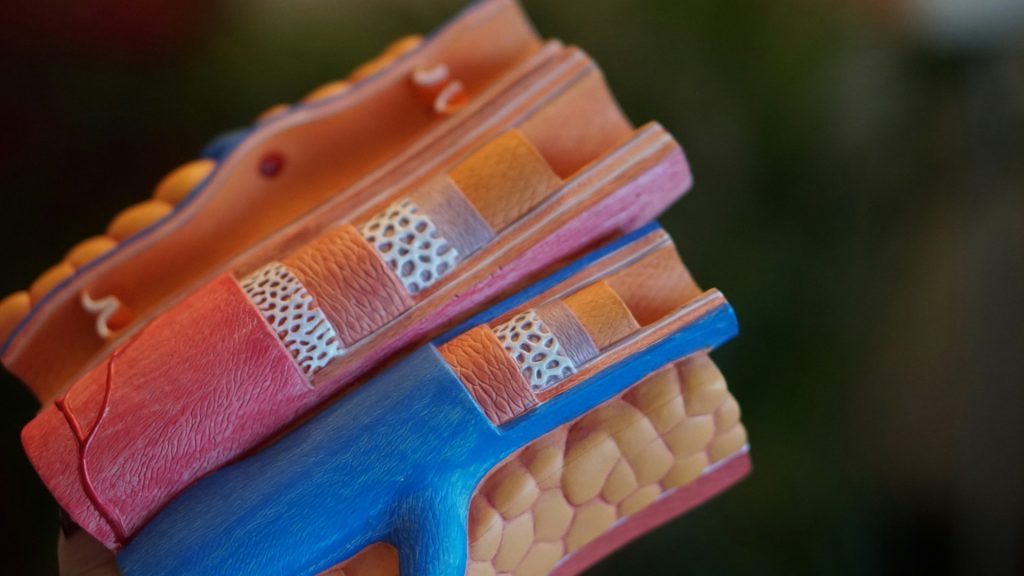The human body’s back and forth between maintaining a continuous blood flow and staunchly stopping bleeding when necessary is a marvel in itself. Blood clots, a vital part of this delicate equilibrium, play a crucial role in our well-being. In this comprehensive guide, we take on a journey to understand everything there is to know about blood clots, from their formation to potential risks and preventive measures.

Section 1: The Basics of Blood Clots
1.1 Definition and Purpose
Blood clots, in essence, are the body’s natural response to prevent excessive bleeding. Formed by the collaboration of platelets and plasma, these clots act as protective barriers over injuries, ensuring a balance between fluid blood circulation and the need for rapid cessation of bleeding.
1.2 Dual Nature of Blood Clots
While blood clots are lifesaving when they serve their primary purpose, they can become problematic when formed unnecessarily. This dual nature makes understanding their intricacies essential, as they can lead to severe medical issues such as heart attacks or strokes.
Section 2: The Blood Clotting Process
2.1 Platelets Form a Plug
The journey of a blood clot begins with platelets responding to triggers released during vessel damage. They adhere to the injured area, forming a plug that curtails blood leakage.
2.2 Clot Growth and Strength
Proteins known as clotting factors orchestrate a rapid chain reaction, resulting in the transformation of a dissolved substance into durable fibrin strands. These strands interlace with platelets, creating a robust net that strengthens the clot.
2.3 Controlled Growth and Dissolution
To prevent excessive growth, proteins counteract surplus clotting factors. Once the damaged tissue heals, the tough fibrin strands dissolve, and the blood reabsorbs the clot’s components.

Section 3: Blood Clot Locations and Types
3.1 Veins vs. Arteries
Blood clots can manifest in veins or arteries, each presenting distinct challenges. Vein clots, often associated with conditions like deep vein thrombosis (DVT), affect blood return to the heart. Arterial clots, linked to atherosclerosis, impact high-pressure vessels, potentially leading to heart attacks.
3.2 Special Scenarios: Periods, Lungs, Brain, Urine, and Stool
Blood clots can manifest in various scenarios, including menstrual periods, veins of the legs or arms, lungs (pulmonary embolism), brain, urine, and stool. Understanding the implications of clots in these specific contexts is crucial for timely medical intervention.
Section 4: Causes of Blood Clots
4.1 Initiation of the Clotting Process
Blood clots initiate when flowing blood encounters specific substances in the skin or blood vessel walls. These encounters often signal damage, prompting the clotting process.
4.2 Conditions and Medications
Certain medical conditions, including cancer, obesity, and genetic factors, can elevate the risk of blood clots. Medications, both for prevention and treatment, play a significant role in managing clotting factors.
Section 5: Prevention and Management
5.1 Lifestyle Changes
While genetic factors may predispose some to blood clots, lifestyle changes can significantly lower the risk. Regular exercise, maintaining a healthy weight, avoiding smoking, and staying hydrated are key preventive measures.
5.2 Medications and Treatments
Blood-thinning medications, such as aspirin and anticoagulants, play a pivotal role in preventing excessive clotting. Clot-dissolving drugs may be prescribed in specific situations, such as heart attacks or strokes.

In conclusion, the back and forth of blood clots within our bodies showcases the delicate balance between life-saving mechanisms and potential health risks. Armed with knowledge about their formation, types, and preventive measures, individuals can navigate the path to health. Whether it’s understanding the nuances of clot locations or adopting lifestyle changes, this comprehensive guide aims to empower readers with the insights needed to make informed health decisions.





